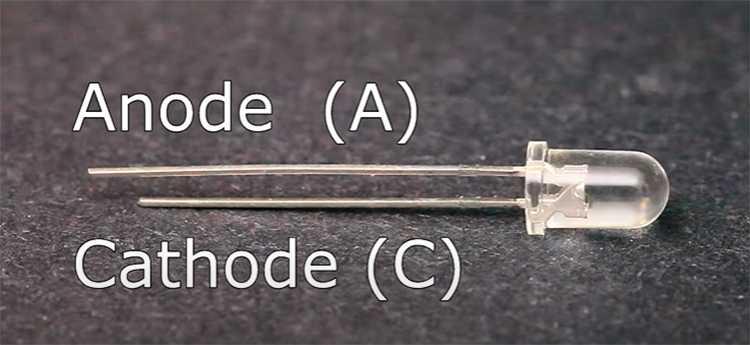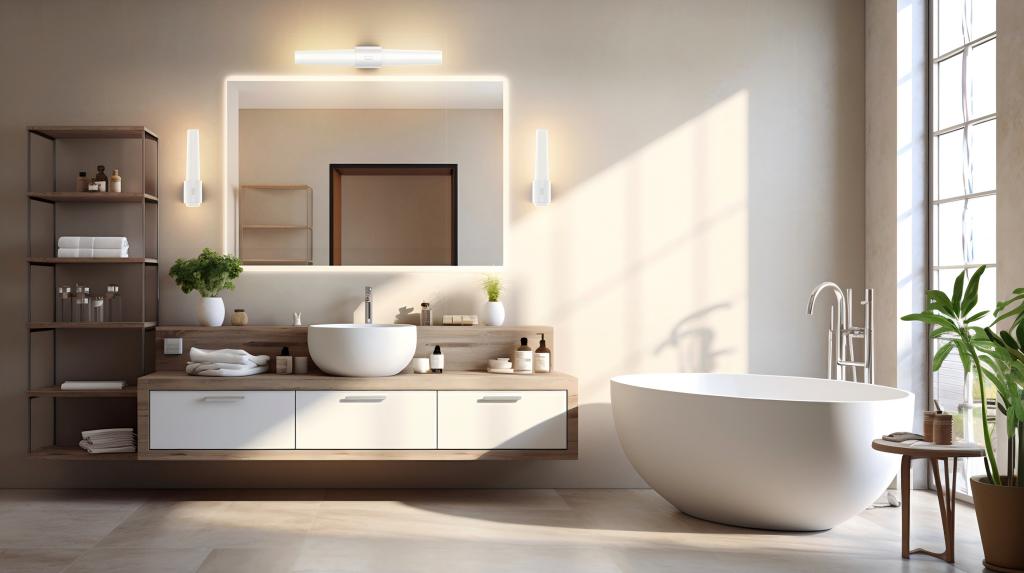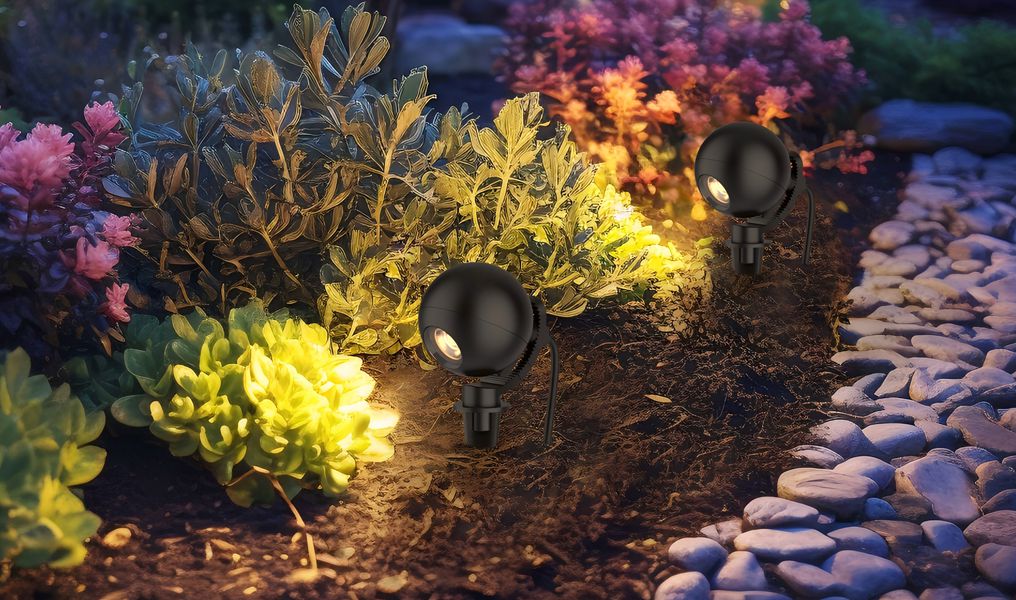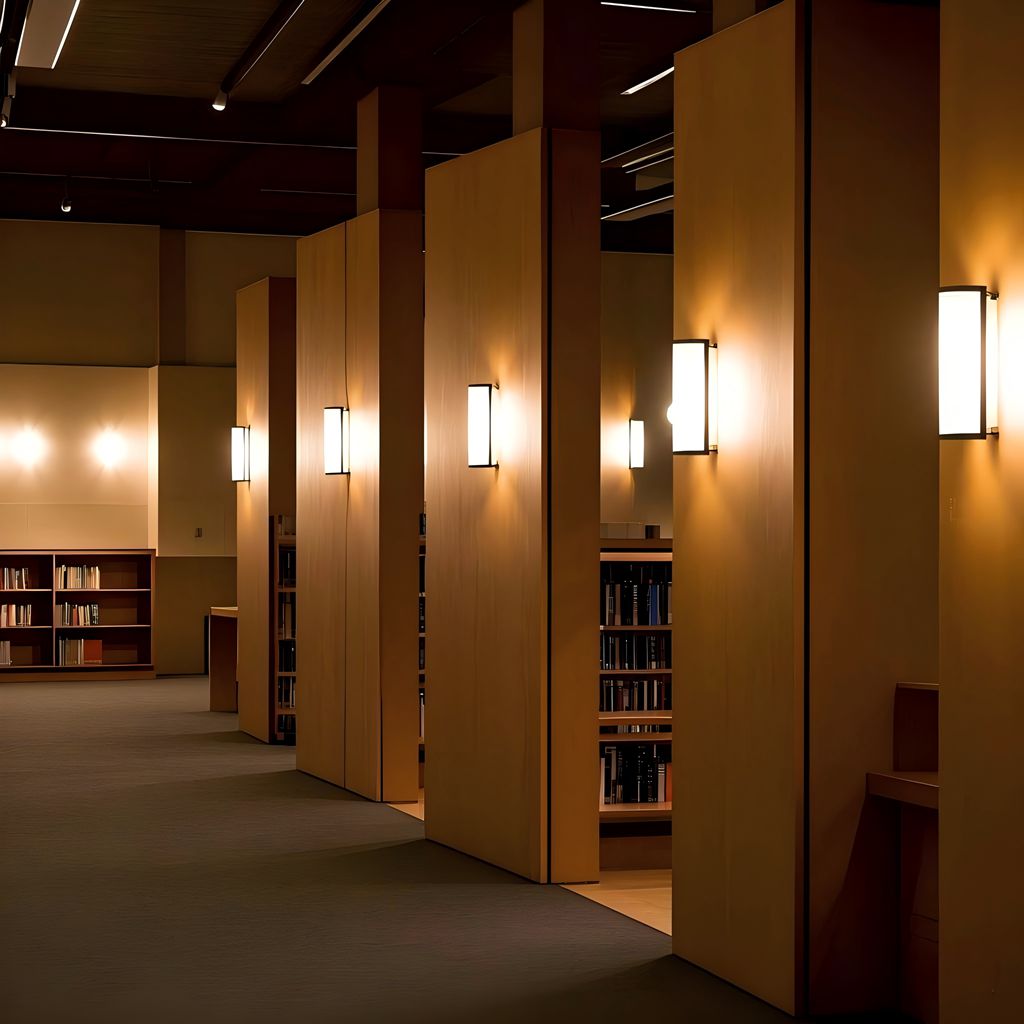Light bulb was born in the late 1800s, its works by passing large amounts of current through a thin filament, which is basically a wire. The filament gets so hot that it starts glowing and emitting light, the process is very inefficient less than 5% of the going into the bulbs gets turned into light and the rest gets turned into heat.

A much more efficient source of light is a light-emitting diode or LED. LEDs basically contain two specialized semiconductors that are stuck together, and when you apply a large enough voltage across them, they emit light from a process called electroluminescence.

There is some heat produced, but overall the process is a lot more efficient, and you can get a lot of light from a very small device. On average, they last for over 10 years of continuous usage, so you can see why they are popular.
Nowadays, we have LED flashlights, LED street lamps, billboards, and even LED light bulbs. But you don’t have to be as big as Sony to create LED circuits. This passage is going to show you the basics of how to use LEDs at home.
First, get some LEDs, you can buy them anywhere that sells electronics, but UPSHIE has them really high of price-quality ratio, you can buy a different kinds of serious LED lamps for your commercial place lighting project or home lighting project.
So every LED has 3 important things you need to know, they are the polarity, the forward voltage, and the maximum current rating. Let’s start with polarity, and this basically means which way do you cannect the LED in your circuit. All LEDs will have two leads, an” anode” and a “cathode”. The anode and cathode are sometimes abbreviated A and C.

The anode is the side that conventional current will flow into. In other words, you connect the positive side of your power source to the anode. The cathode is where the conventional current will flow out from. If you connect the negative side of your power source to the cathode. For standard 5mm LEDs like this, there are two easy ways to figure out the polarity. The anode will have a longer lead, and the cathode will have a shorter lead. Also if you look carefully, you’ll see that one side of the case has been filed down flat. The flat side is the cathode, and the round side is the anode. For example, when you connected the positive side of a power supply to the anode, and the negative side of the supply to the cathode, the LED will light up as expected. If you get the polarity wrong your circuit doesn’t worry, for low voltage projects the backward LED blocks current from flowing and it just doesn’t turn on.

In the following steps, let’s turn to the forward voltage of an LED. All LEDs need a certain voltage across them, in the right direction, before any current can flow and they start emitting light. This particular white LED someone using has a forward voltage of 3 volts, so he needs around 3 volts before it can do anything interesting.
Operate:
With the supply set to 0 volts, the LED stays off, then the supply is set to 1.5 volts, it’s still not enough to turn the LED on, but if set it close to 3 volts, and the LED will reach full brightness. Through a series of tests, it can be concluded that the temperature color of red reached 2.0v, the temperature color of yellow is reached to 2.1v, the temperature color of green is reaching to 2.2v, the temperature color of blue is reaching to 3.5v, and the temperature color of white is reached 3.2v.

Once the LED is on, there will be a relatively constant voltage drop across it. On the other side, if turn to the maximum current limit of LEDs, for example, using a special feature of my power supply to limit the current going through the LED to a maximum of 30mA, which is about as much as this LED can handle. However, something that needs to pay attention to is that if you significantly exceed the LED’s forward voltage rating, massive amounts of current will flow through the LED, and there’s nothing to stop it from blowing itself up. This faulty operation possibly led LEDs to explode(as attached in picture 6), so there needs to be something to limit the amount of current to a safe value. The current rating on every LED will be different, such likes the high-powered LED module can easily handle 100 milliamps, but in general, the standard 5mm LEDs you are going to be playing with at home are rated for 20 milliamps. In this case, you can use a thing called a resistor to limit the current better.

----Passage content from Youtube :Afrotechmods










